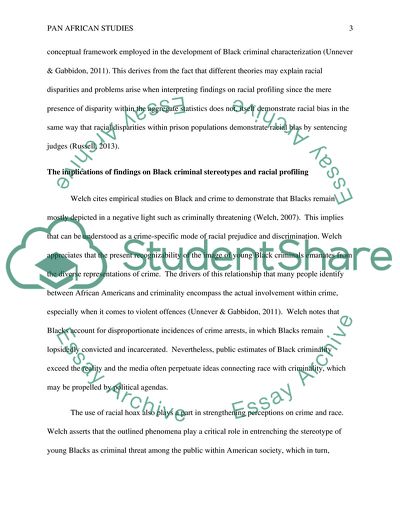Cite this document
(“Analysis of Black Criminal Stereotypes And Racial Profiling Article Research Paper”, n.d.)
Analysis of Black Criminal Stereotypes And Racial Profiling Article Research Paper. Retrieved from https://studentshare.org/social-science/1803684-pan-african-studies
Analysis of Black Criminal Stereotypes And Racial Profiling Article Research Paper. Retrieved from https://studentshare.org/social-science/1803684-pan-african-studies
(Analysis of Black Criminal Stereotypes And Racial Profiling Article Research Paper)
Analysis of Black Criminal Stereotypes And Racial Profiling Article Research Paper. https://studentshare.org/social-science/1803684-pan-african-studies.
Analysis of Black Criminal Stereotypes And Racial Profiling Article Research Paper. https://studentshare.org/social-science/1803684-pan-african-studies.
“Analysis of Black Criminal Stereotypes And Racial Profiling Article Research Paper”, n.d. https://studentshare.org/social-science/1803684-pan-african-studies.


